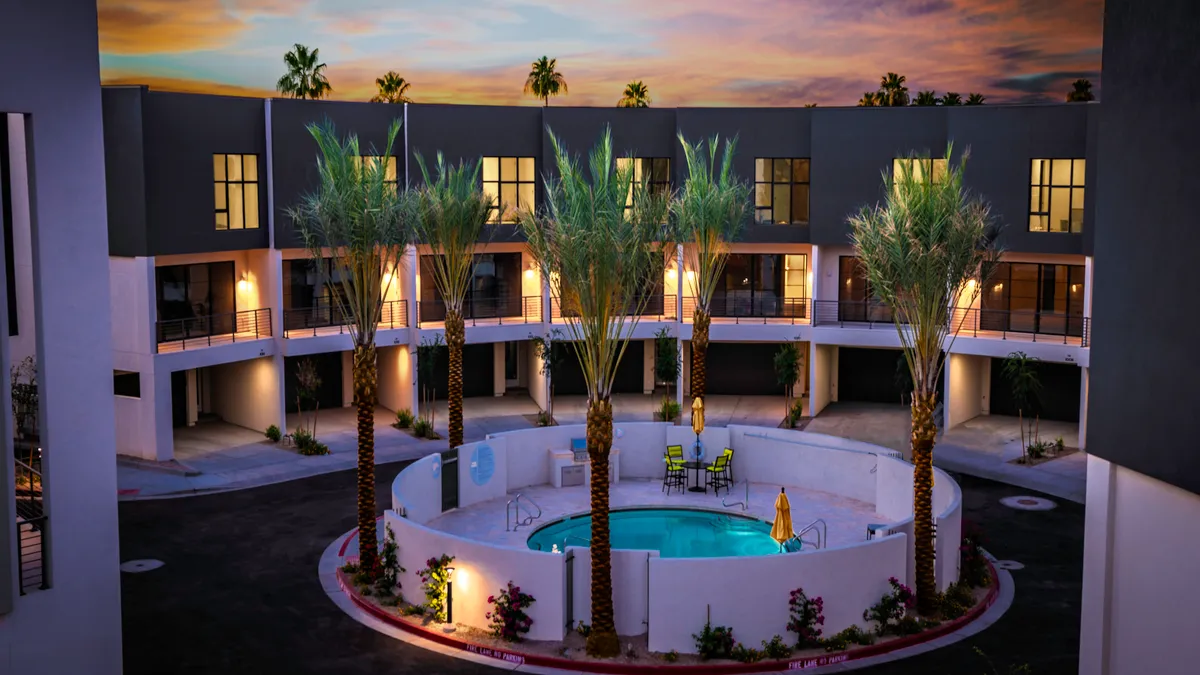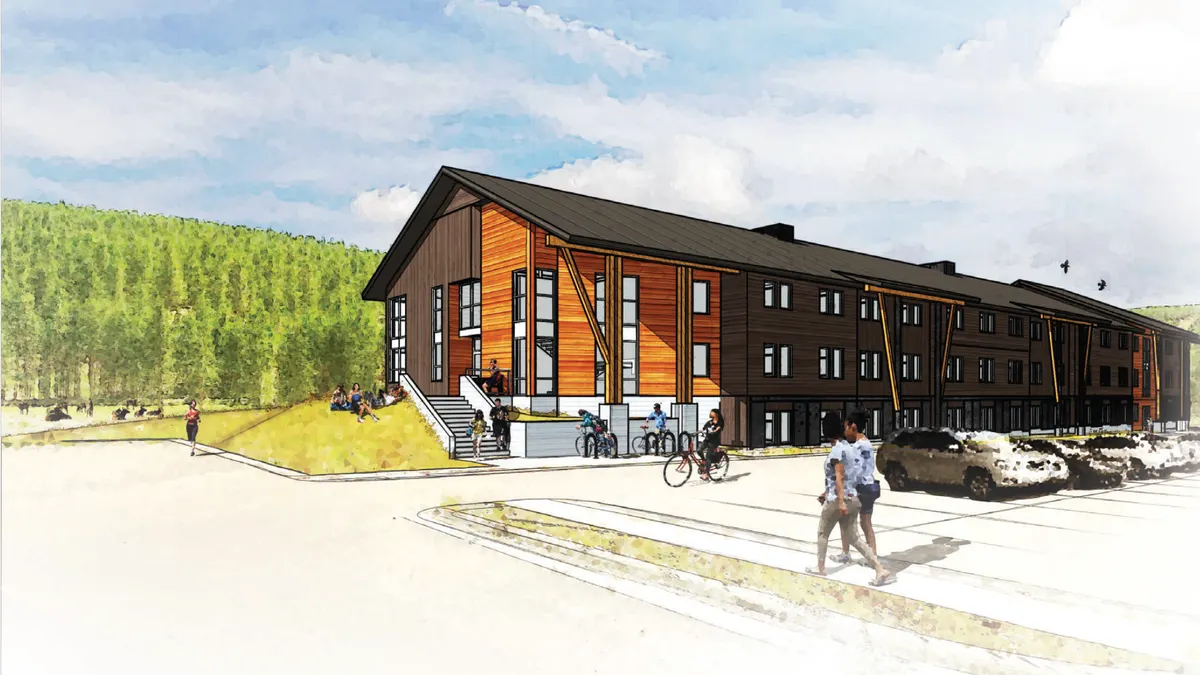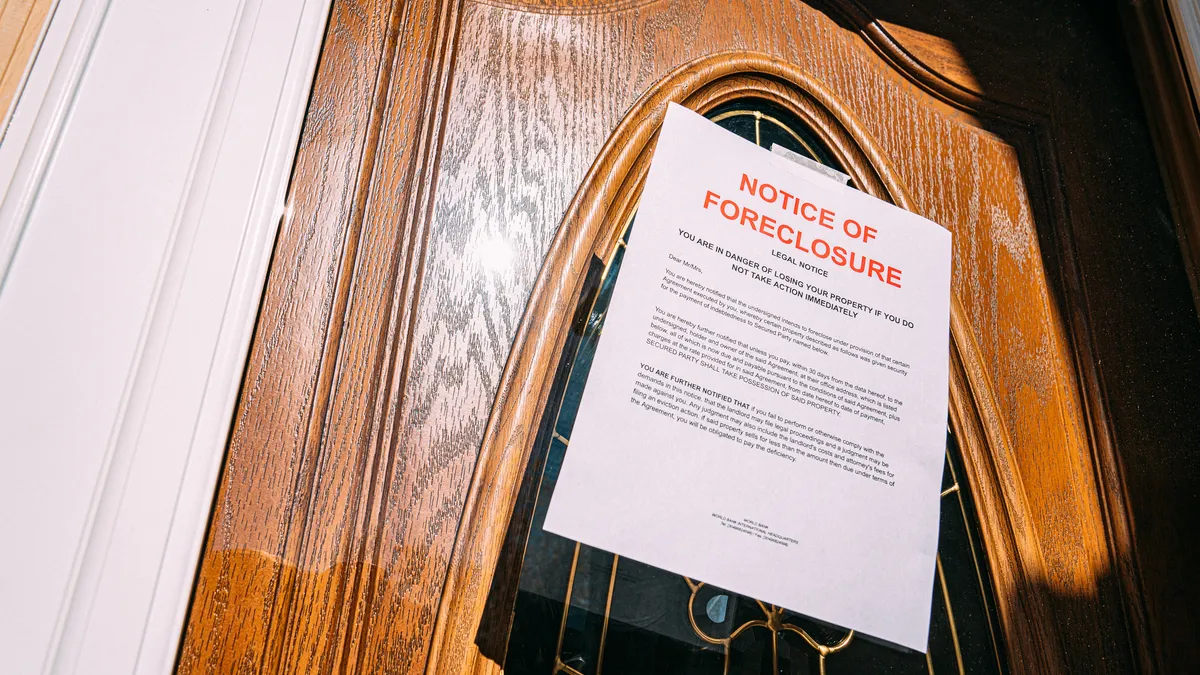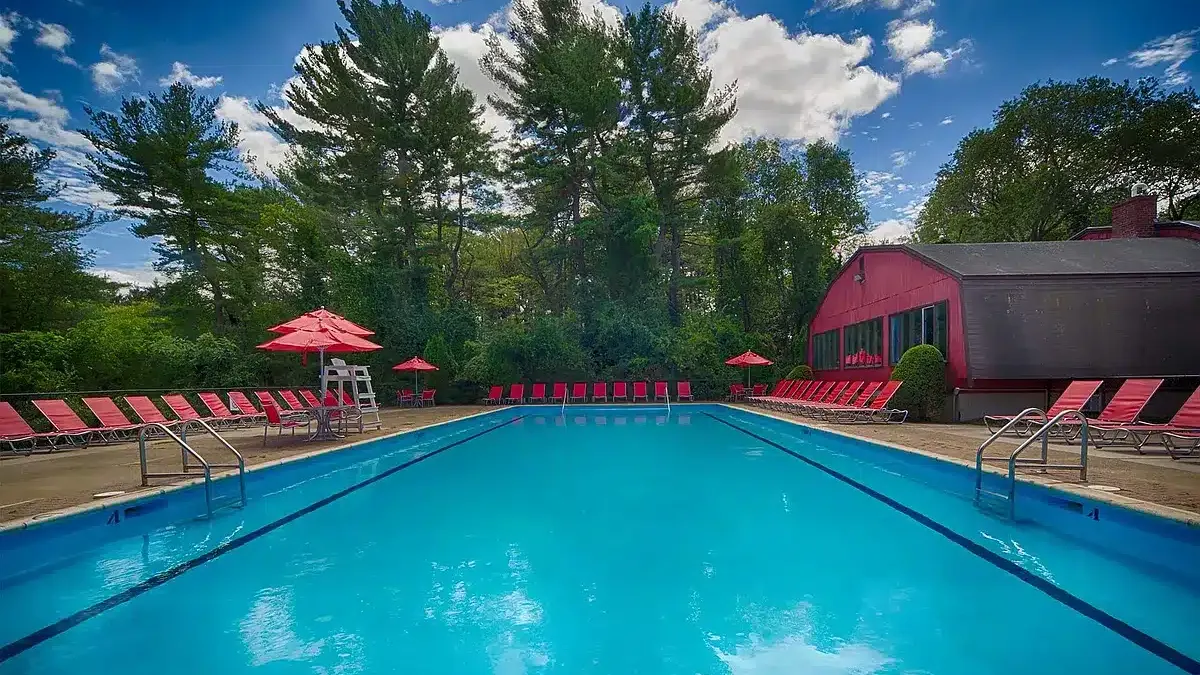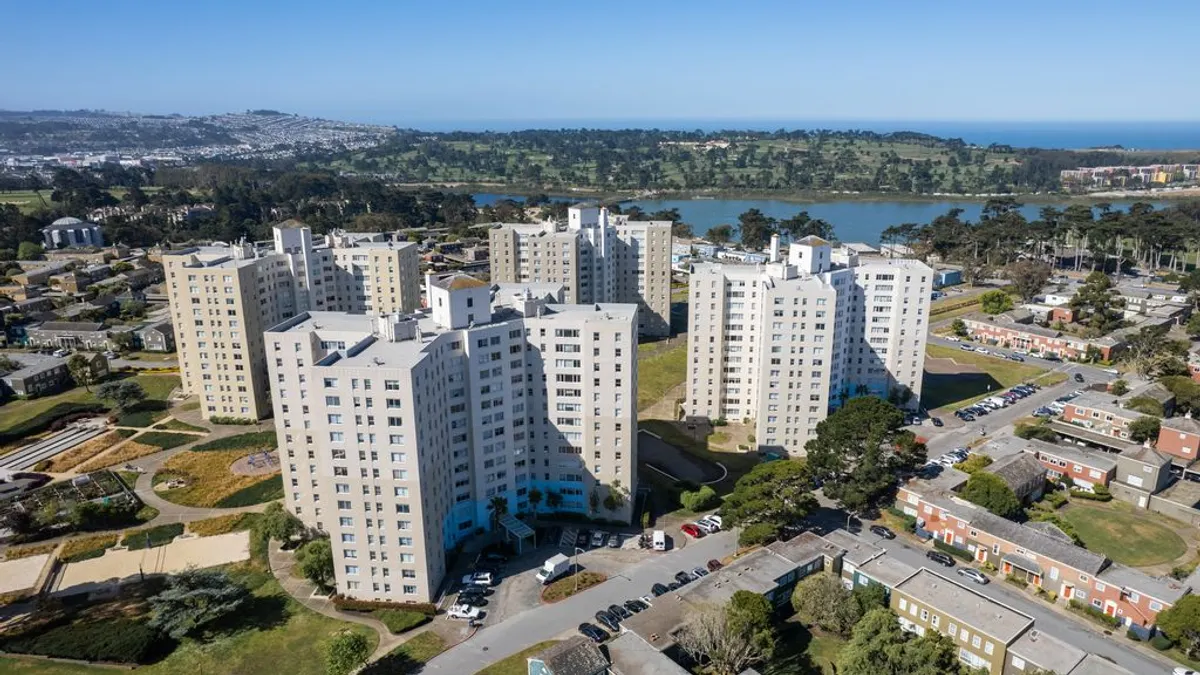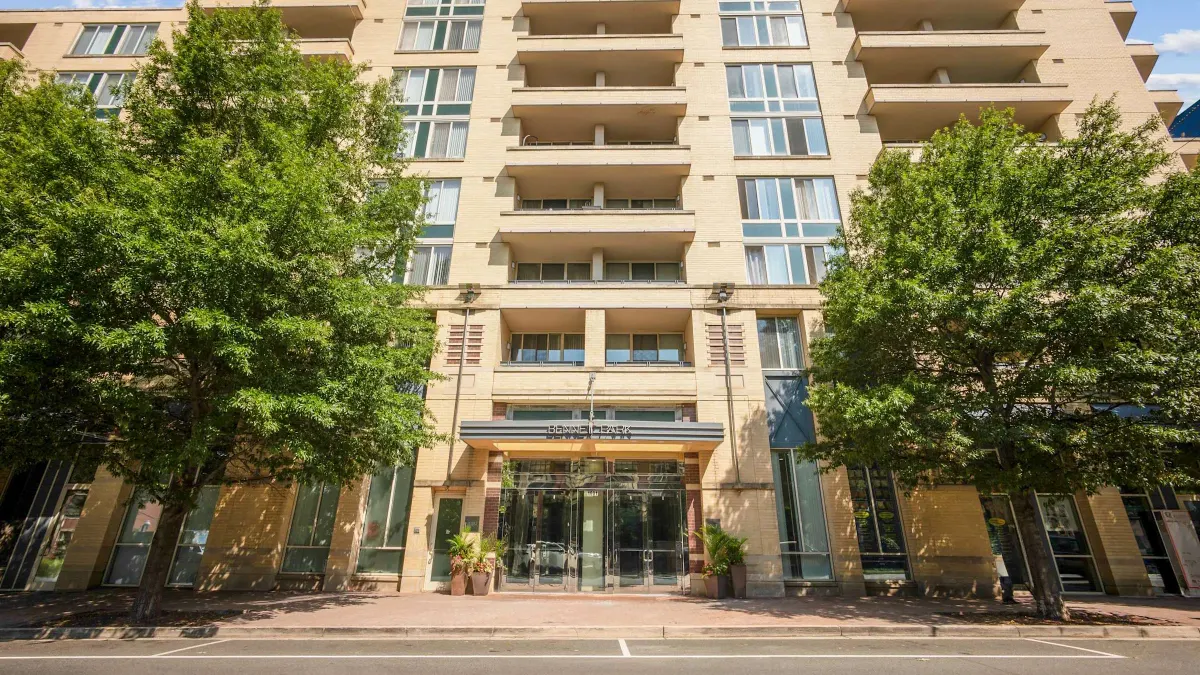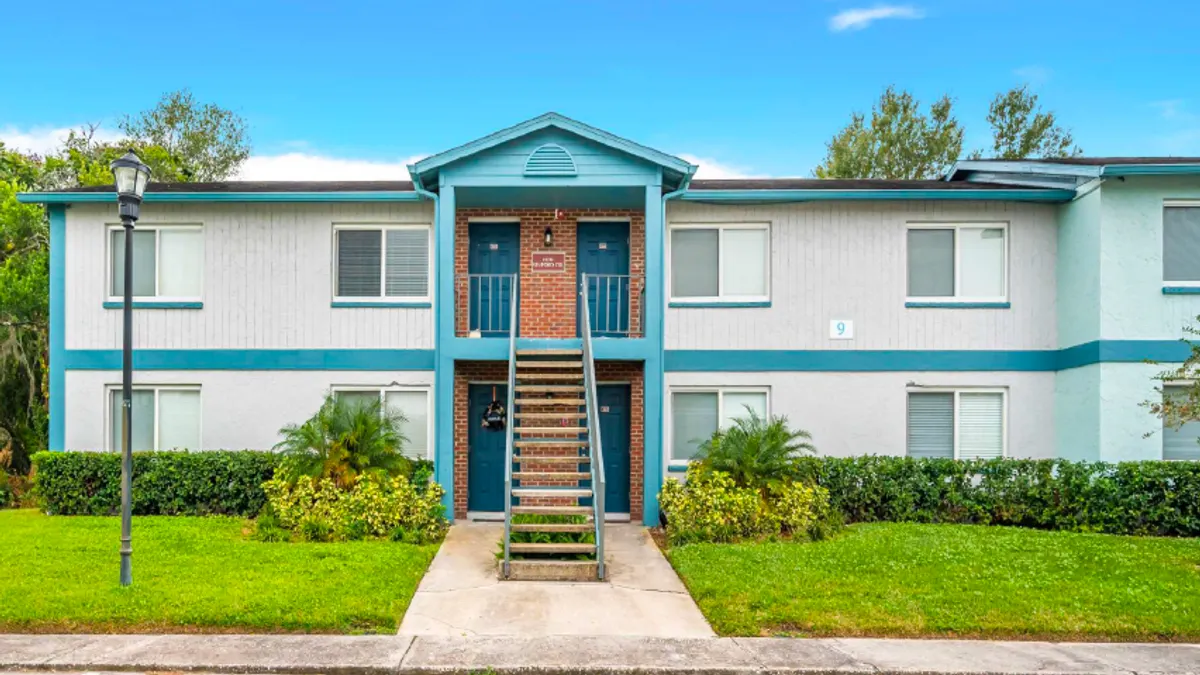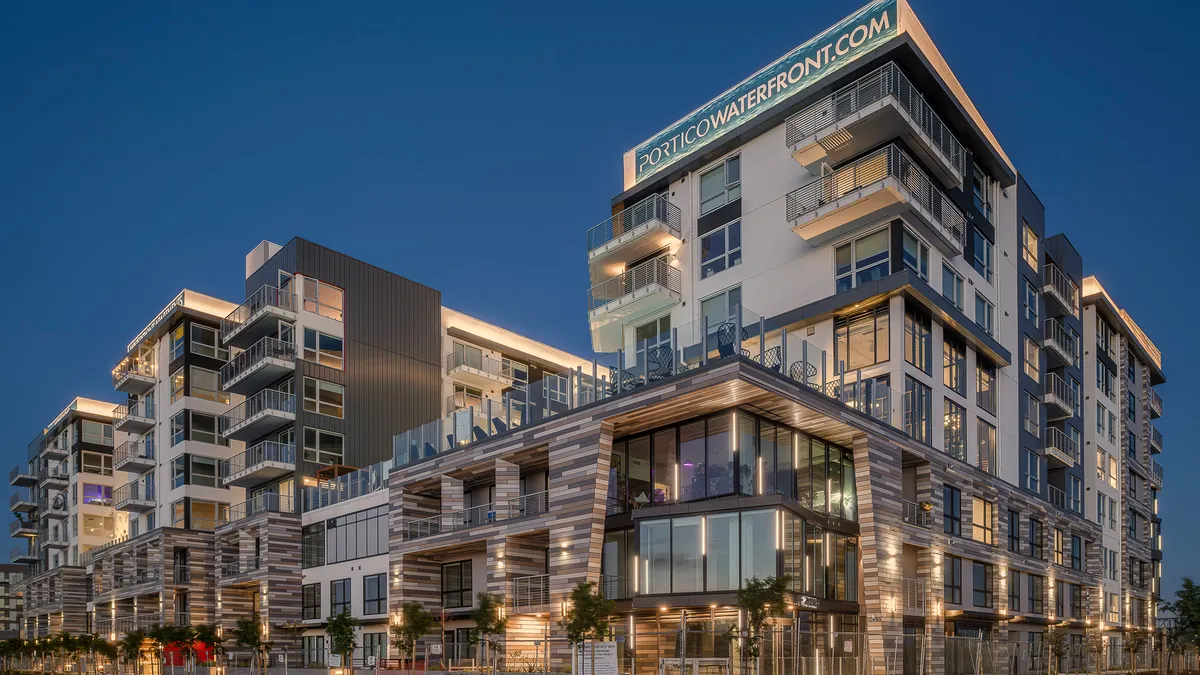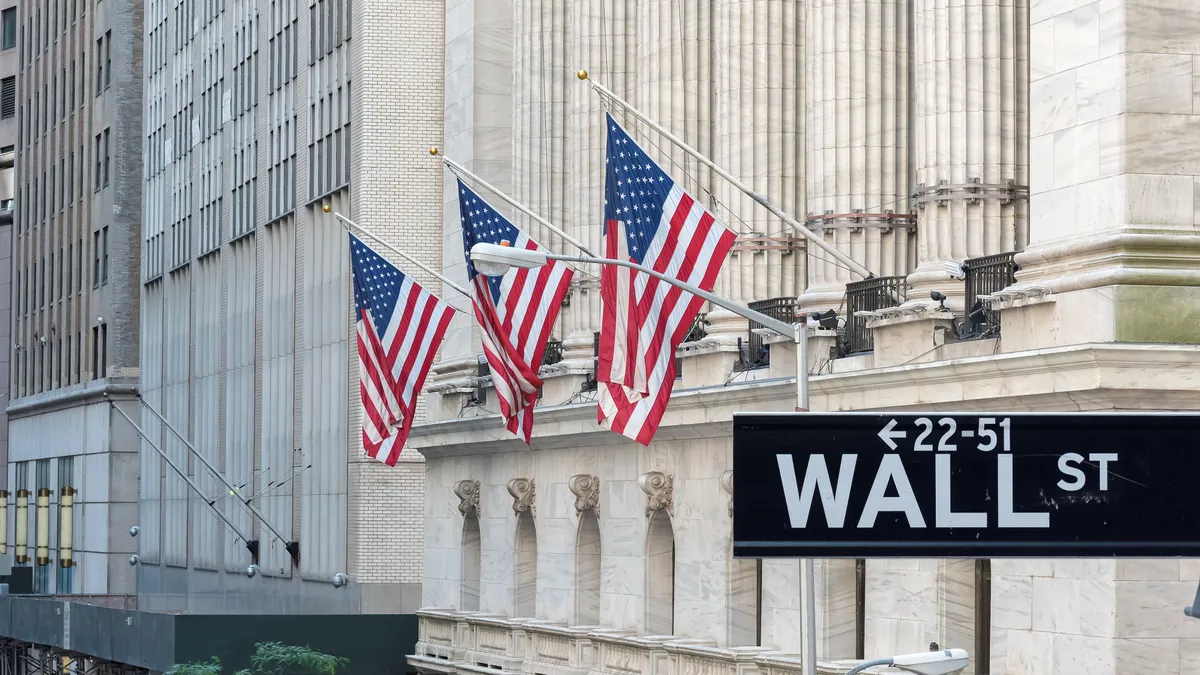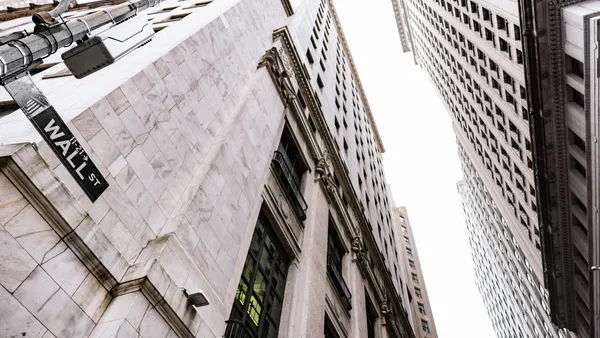Roy Bade has seen a lot of highs and lows over the past 40 years in the sometimes boom-or-bust Arizona real estate market.
During that time, Bade has worked in brokerage, construction and development. Since 2014, Bade has been at Scottsdale, Arizona-based asset manager and fund sponsor Caliber Cos. sourcing and analyzing potential properties, seeking ways to maximize returns on existing assets and managing construction and development activities.
For Bade, Caliber’s chief development officer, the past couple of years have been extremely busy. There is a building boom in Arizona, and the company is an active participant with 334 apartment units and townhomes either built over the past five years or in the pipeline.
Caliber is also capitalizing on record-high prices and has sold 331 units since the beginning of 2021. “We normally look at a product with a five-year lifespan at a minimum,” Bade said. “We have [properties in] ‘opportunity zones’ [a federal program providing tax benefits for building in low-income census tracts]. So we get a 10-year lifespan.”
Here, Bade talks with Multifamily Dive about supply chain and labor challenges, asset prices and meeting investor needs.
This interview has been edited for brevity and clarity.
MULTIFAMILY DIVE: On the construction side of the business, how are you dealing with supply chain and labor issues?
ROY BADE: One of the ways that we're working to mitigate supply chain and labor challenges is by working with highly successful partners and other top-tier companies in the industry.
When we partner with people that have been bringing in the best talent for a number of years, to begin with, it also helps with the supply chain issues. If you're working with partners at top-tier companies, they normally have excellent relationships with the supply chain partners who they work with along the way.
We also aren't afraid to change course, if we need to. We're always working with our partners. We generally have weekly meetings to talk about what's working in the supply chain, what's not and how to pivot.
You have sold 331 units since the beginning of 2021. Are you sensing we’re at the top of the market for valuations?
I think that we're certainly at the top of the market in the sense that the market has never been better. Can it get better? I think that's the question that we all deal with.
We looked at rates compressing enough on the cap rate side and rents increasing enough that when we're talking to our investors, it just made sense for us to start turning over some of these properties at a very good profit margin. It was driven more by wanting a return on capital for our investors than knowing exactly where to gauge the top of the market.
Do you see rent increases slowing?
I think the rate of increase is going to slow down, but I don't believe the growth is going to slow down until a couple of things happen. Right now, in the Arizona market, we have 200 to 300 people coming in a day. And so when you have that much demand coming into the market on a daily basis, supply just can't keep up with it.
Therefore you might not have the 30%, 40% or 50% increases that we've seen in some parts of the market. But I think that we will see substantial increases until some of these market conditions [like inflation] might start influencing things. I think you’ll still see increases in the double digits for the next 12 months, at least.
I know opportunity zones are a focus for you. How much of your business is in those areas?
Roughly 50%, maybe slightly more, of the projects we're doing today are in opportunity zones. But we don't want to be limited only to opportunity zones. We want to find opportunities in every part of the states that we work in. We can do that because we have so many diversified product types, and we have a different group of investors that have different desires in each of these areas.
Some want to have a very social agenda in an opportunity zone. They still get the tax benefits of being in an opportunity zone, but the returns might be in the teens. We can also go out into a different project with an investor that has a higher risk-return [appetite], be very opportunistic and provide returns in the mid-20s. So, we want to have a wide range of products that we can show our investors.
Click here to sign up to receive multifamily and apartment news like this article in your inbox every weekday.



